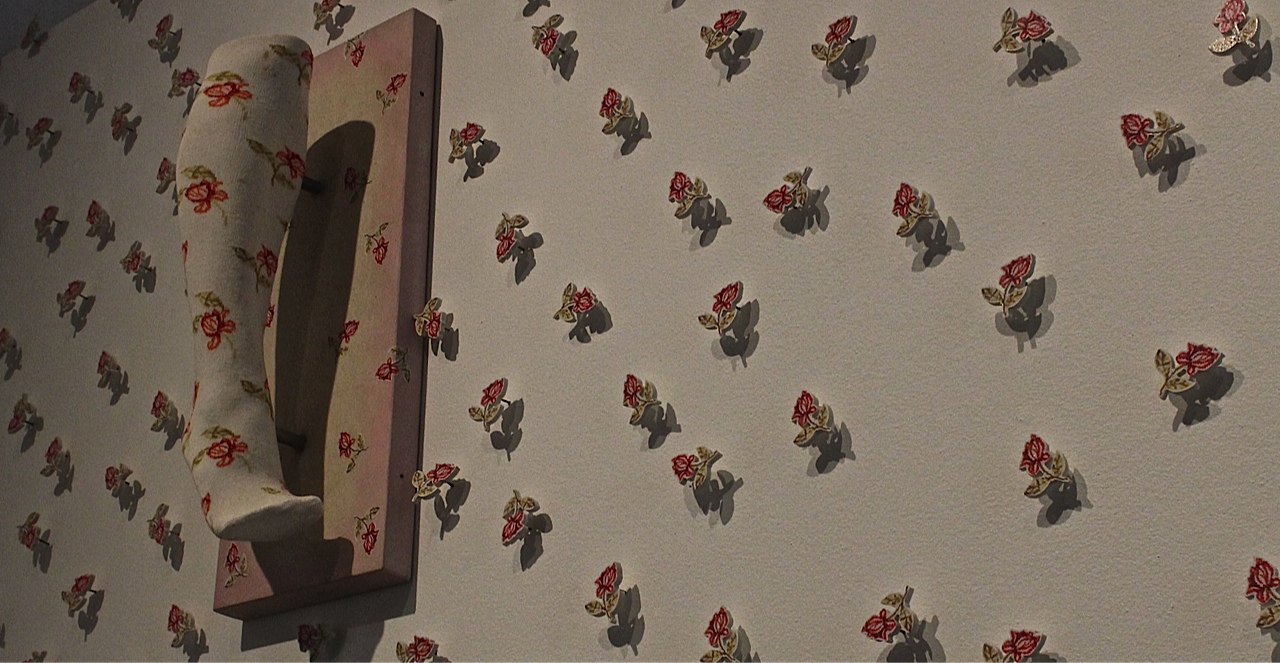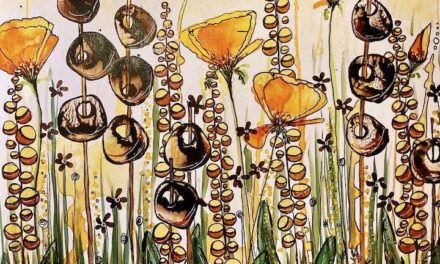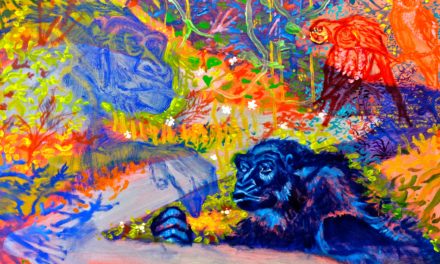By Randi Bjornstad
Following the death of longtime Cuban leader Fidel Castro, “Cuba Ocho,” one of the many exhibits now on display at the Jordan Schnitzer Museum of Art at the University of Oregon, takes on even greater timeliness than it did when it opened in late October.
The idea for “Cuba Ocho” came from Jill Hartz, the executive director of the museum, after Hartz made her fourth trip to Cuba last year during the country’s 2015 Havana Biennial.
“Ever since my first trip to Cuba in 1999, I’ve had a passion for contemporary Cuban art,” Hartz said when the exhibit opened. “The sophistication of subject matter and technique combined with the particular challenges of living and working in Cuba have resulted in highly original and powerful artworks that continue to reflect and respond to the challenges facing this beautiful Caribbean nation today.”
Her words could not have been more prophetic nor the work of the artists contained in the show more immediate, given that many of them address their political views of the Cuban situation. One part of the display is a “stamp book” created by a group of artists, writers and designers who developed the work as an educational tool for children.
Hartz acquired most of the work in the exhibit during her last Cuba trip. The artists represented in the show include Miguel Couret, Alejandro Gonzalez, Aimeé Garcia Marrero, Ibrahim Miranda, Cirenaica Moreira, Elsa Mora and René Peña.
Most of them started their art careers during the euphemistically named “Special Period,” which occurred in the early 1990s when Cuba underwent a significant social, economic and cultural crisis following the 1991 dissolution of the Soviet Union, which had been the country’s primary military and trade partner since the early 1960s.
That left the country in something of “an erratic and surreal reality,” Hartz said, that is reflected the way artists explored their own identities against the backdrop of both history and an unknown future.
Amelia Anderson, a graduate student in art history, assisted Hartz in organizing the show.
“Researching the artists, their works, and Cuban history changed the way I view what is currently happening with Cuban-U.S. relations,” Anderson said in the announcement of the exhibit. “These artists critique their country’s history through their bodies and identities, which I think the JSMA audience will find fascinating and enlightening.”
Cuba Ocho
What: An exhibit of works by contemporary Cuban artists
When: Through Feb. 19, 2017
Where: Jordan Schnitzer Museum of Art, 1430 Johnson Lane on the University of Oregon campus
Hours: 11 a.m. to 8 p.m. Wednesday, 11 a.m. to 5 p.m. Thursday through Sunday
Admission: Free on the first Friday of each month; pay-what-you wish from 5 p.m. to 8 p.m. Wednesday; otherwise, $5 for adults, $3 for senior citizens, free to children 18 years and younger, college students and UO faculty and staff
Information: 541-346-3027 or online at jsma.uoregon.edu












